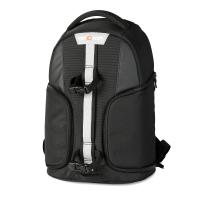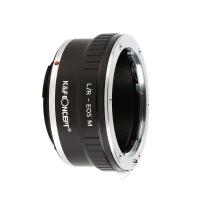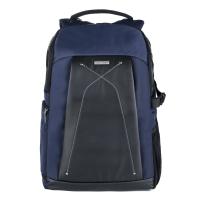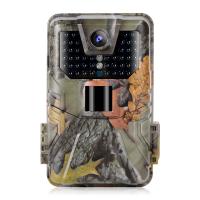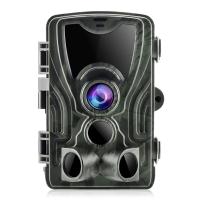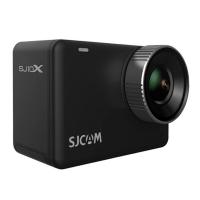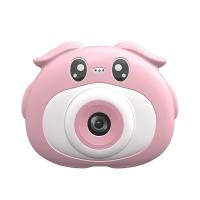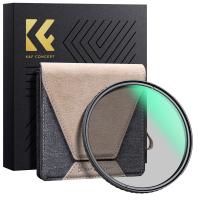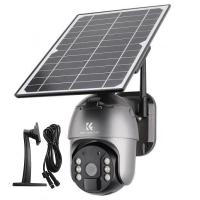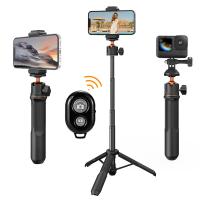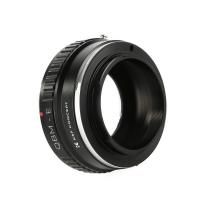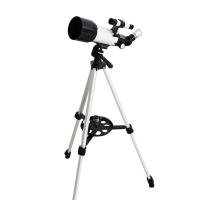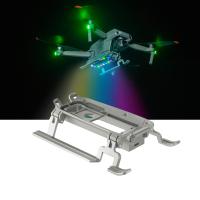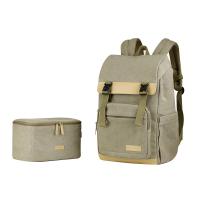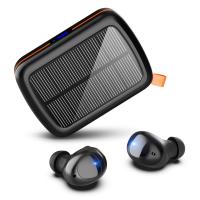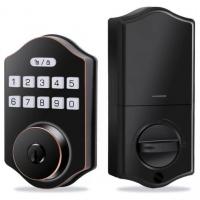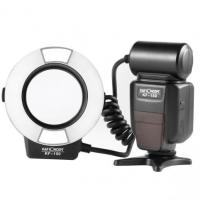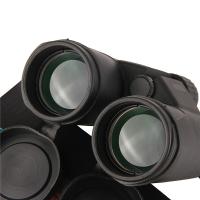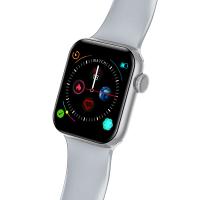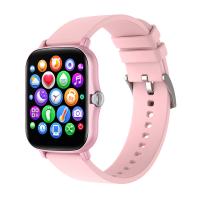How To Pick A Camera For Backpacking?
Choosing the right camera for backpacking can be a daunting task, especially with the myriad of options available in the market today. Whether you're a seasoned photographer or a beginner looking to capture the beauty of the great outdoors, selecting the right camera involves considering several factors. This article aims to guide you through the process, helping you make an informed decision that suits your backpacking needs.
Understanding Your Photography Needs
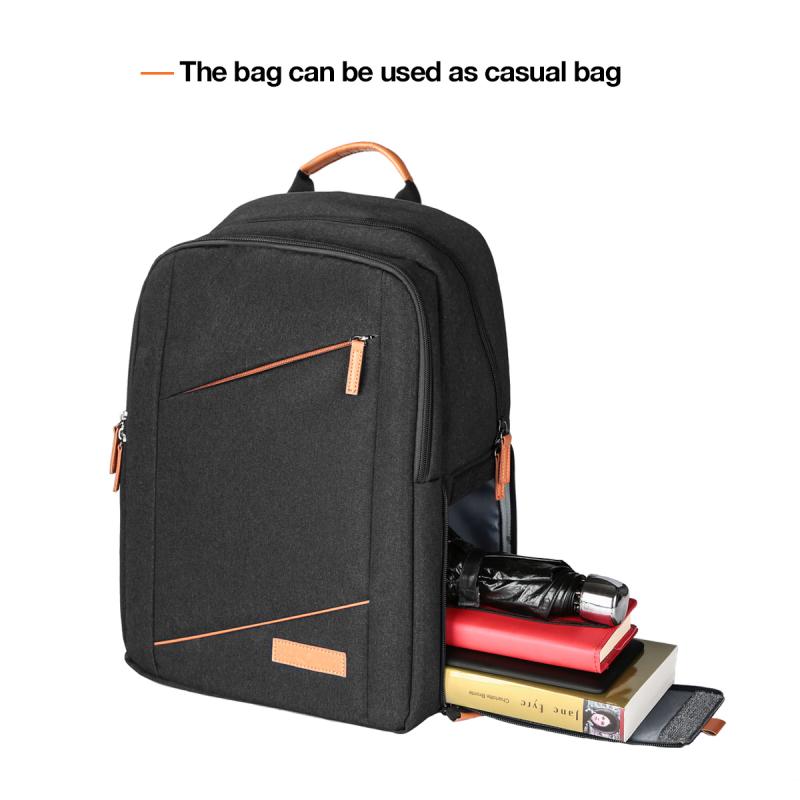
The first step in choosing a camera for backpacking is understanding your photography needs. Are you looking to capture high-quality landscape photos, or are you more interested in documenting your journey with quick snapshots? Do you plan to shoot videos, or are still images your primary focus? Answering these questions will help narrow down your options.
1. Type of Photography: If you're into landscape photography, you'll need a camera with a good dynamic range and high resolution. For wildlife photography, a camera with a fast autofocus system and a good zoom lens is essential. If you're more into vlogging or shooting videos, look for a camera with good video capabilities and stabilization features.
2. Skill Level: Your experience level also plays a crucial role. Beginners might prefer a camera with automatic settings and user-friendly interfaces, while advanced photographers might look for manual controls and customizable settings.
Key Features to Consider
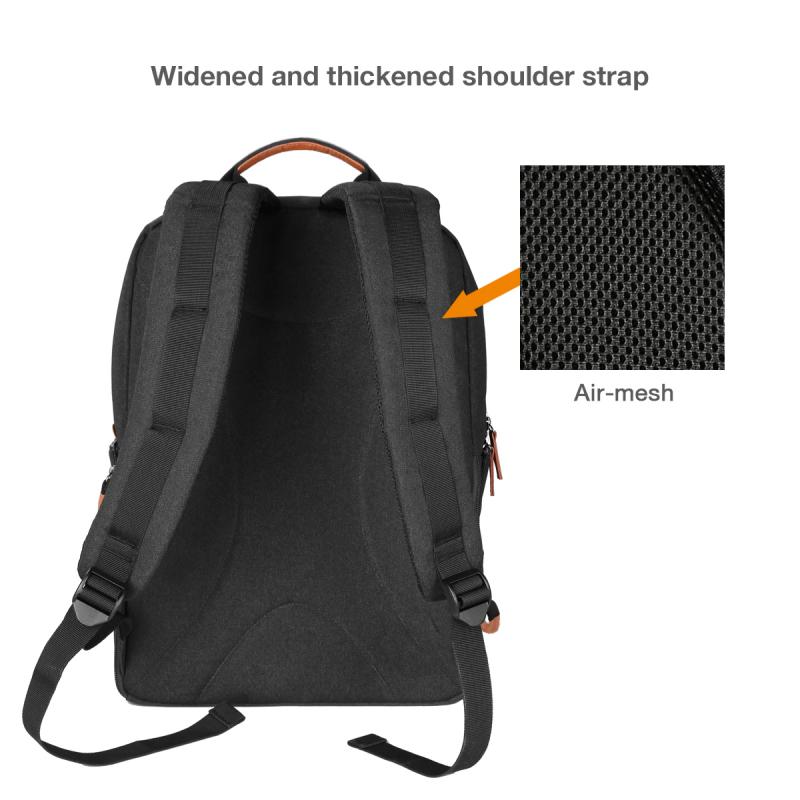
Once you have a clear understanding of your needs, the next step is to consider the key features that will impact your backpacking experience.
1. Weight and Size: Since you'll be carrying the camera along with other gear, it's essential to choose a lightweight and compact model. Mirrorless cameras are generally lighter and more compact than DSLRs, making them a popular choice for backpackers.
2. Durability: Backpacking often involves exposure to harsh weather conditions and rough terrains. Look for a camera that is weather-sealed and built to withstand the elements. Some cameras are also shockproof and dustproof, adding an extra layer of protection.
3. Battery Life: Long battery life is crucial, especially if you'll be spending several days in remote areas without access to charging facilities. Consider cameras with long-lasting batteries or the option to carry spare batteries.
4. Image Quality: The sensor size and resolution play a significant role in image quality. Full-frame sensors generally offer better image quality, especially in low-light conditions, but they are also more expensive and bulkier. APS-C and Micro Four Thirds sensors are more compact and affordable while still providing excellent image quality.
5. Lens Options: The availability of interchangeable lenses can greatly enhance your photography. Mirrorless cameras and DSLRs offer a wide range of lenses, from wide-angle to telephoto, allowing you to adapt to different shooting scenarios.
6. Ease of Use: A camera with intuitive controls and a user-friendly interface can make your backpacking experience more enjoyable. Touchscreen controls, customizable buttons, and easy-to-navigate menus are features to look for.
Popular Camera Types for Backpacking

Now that we've covered the key features, let's look at some popular types of cameras suitable for backpacking.
1. Compact Cameras: Also known as point-and-shoot cameras, these are small, lightweight, and easy to use. They are ideal for beginners and those who prioritize convenience over advanced features. Some high-end compact cameras offer excellent image quality and manual controls, making them a good option for more serious photographers.
2. Mirrorless Cameras: These cameras offer a good balance between image quality, size, and weight. They come with interchangeable lenses and advanced features, making them suitable for both beginners and experienced photographers. Popular models include the Sony Alpha series, Fujifilm X series, and Canon EOS M series.
3. DSLR Cameras: While bulkier and heavier than mirrorless cameras, DSLRs offer excellent image quality, a wide range of lenses, and robust build quality. They are a good choice for those who don't mind the extra weight and want the flexibility of a traditional camera system. Popular models include the Canon EOS Rebel series and Nikon D series.
4. Action Cameras: If you're into adventure sports or want a camera that can withstand extreme conditions, action cameras like the GoPro are a great choice. They are compact, rugged, and offer excellent video capabilities. However, their small sensor size means they may not offer the same image quality as larger cameras.
5. Smartphone Cameras: Modern smartphones come with advanced camera systems that can rival dedicated cameras in terms of image quality. They are incredibly convenient, as you likely already carry one with you. However, they may lack some of the advanced features and manual controls found in dedicated cameras.
Additional Accessories
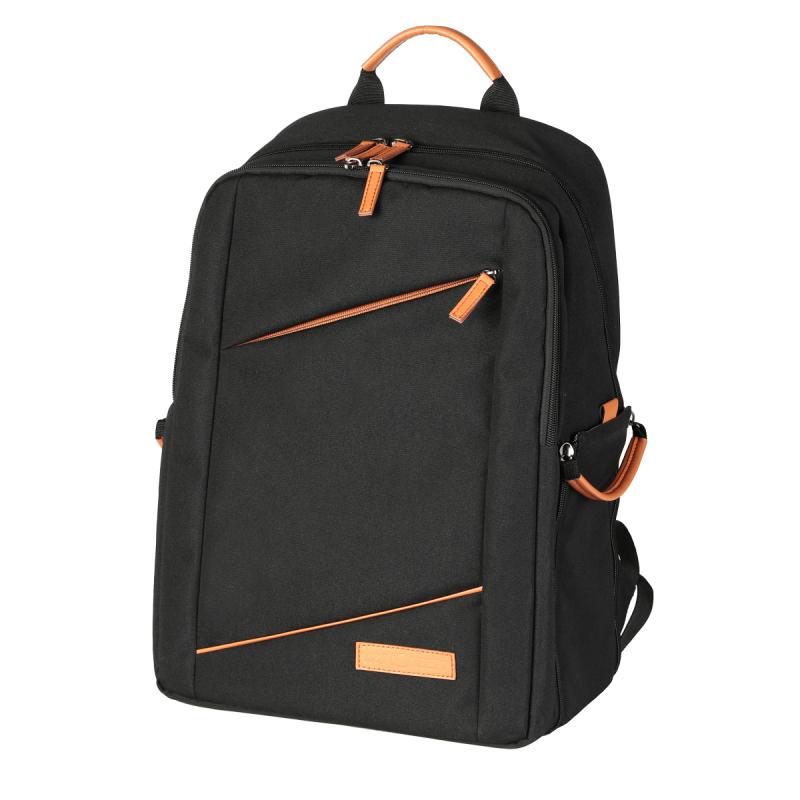
In addition to the camera itself, there are several accessories that can enhance your backpacking photography experience.
1. Tripod: A lightweight and compact tripod can help you capture stable shots, especially in low-light conditions or when shooting long exposures. Look for tripods made from carbon fiber for a good balance between weight and stability.
2. Extra Batteries and Memory Cards: Carrying spare batteries and memory cards ensures you won't run out of power or storage space during your trip.
3. Camera Bag: A good camera bag protects your gear and makes it easy to carry. Look for a bag that is comfortable to wear and has enough space for your camera, lenses, and accessories.
4. Lens Filters: Filters like polarizers and ND filters can enhance your photos by reducing glare and allowing for longer exposures. They are especially useful for landscape photography.
5. Cleaning Kit: Keeping your camera and lenses clean is essential, especially in dusty or wet conditions. A basic cleaning kit with a blower, brush, and microfiber cloth can help maintain your gear.
Choosing the right camera for backpacking involves balancing your photography needs with practical considerations like weight, durability, and ease of use. By understanding the key features and popular camera types, you can make an informed decision that enhances your backpacking experience. Whether you opt for a compact camera, a mirrorless system, a DSLR, or even a smartphone, the most important thing is to get out there and capture the beauty of the great outdoors. Happy backpacking and happy shooting!



